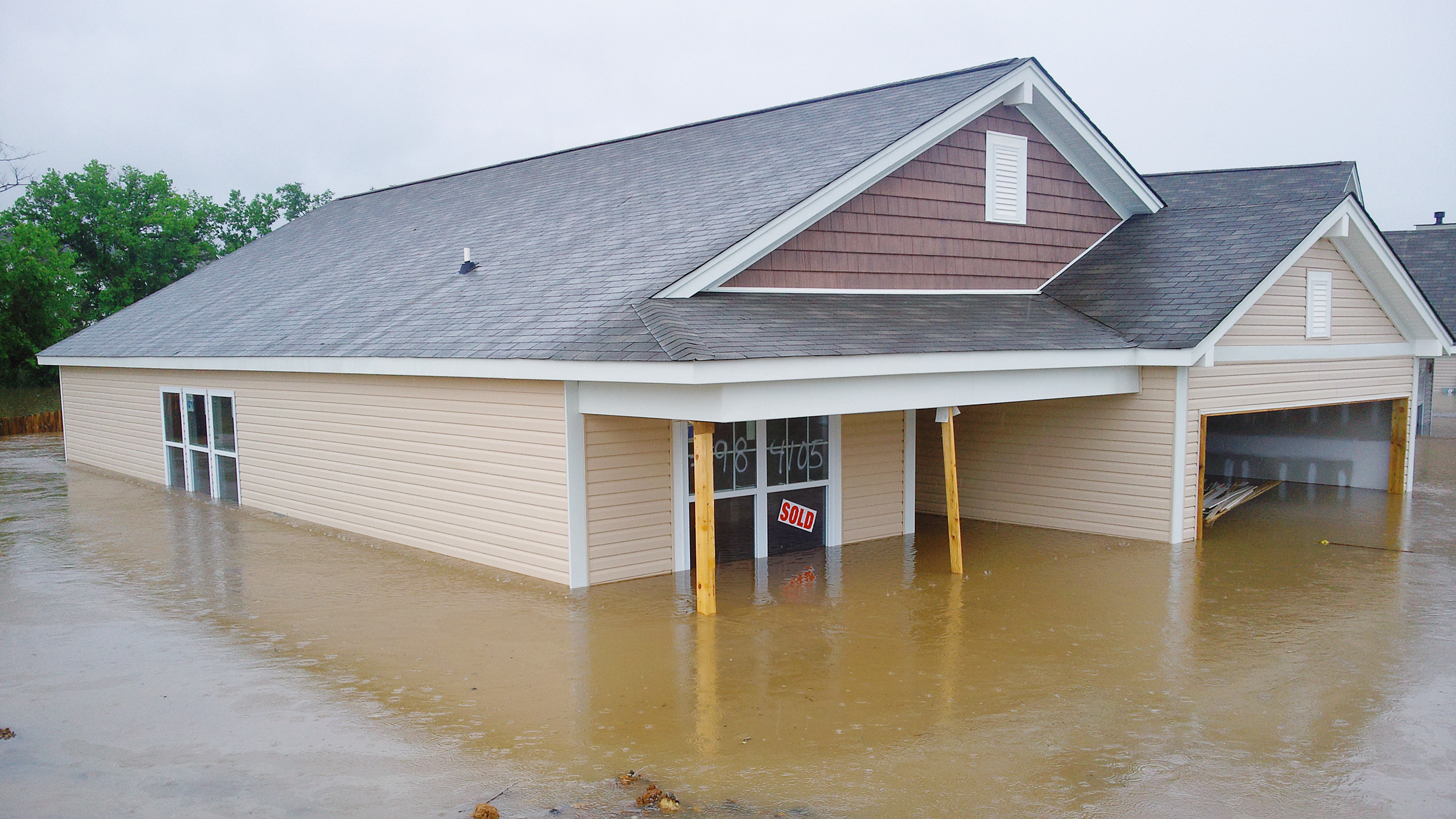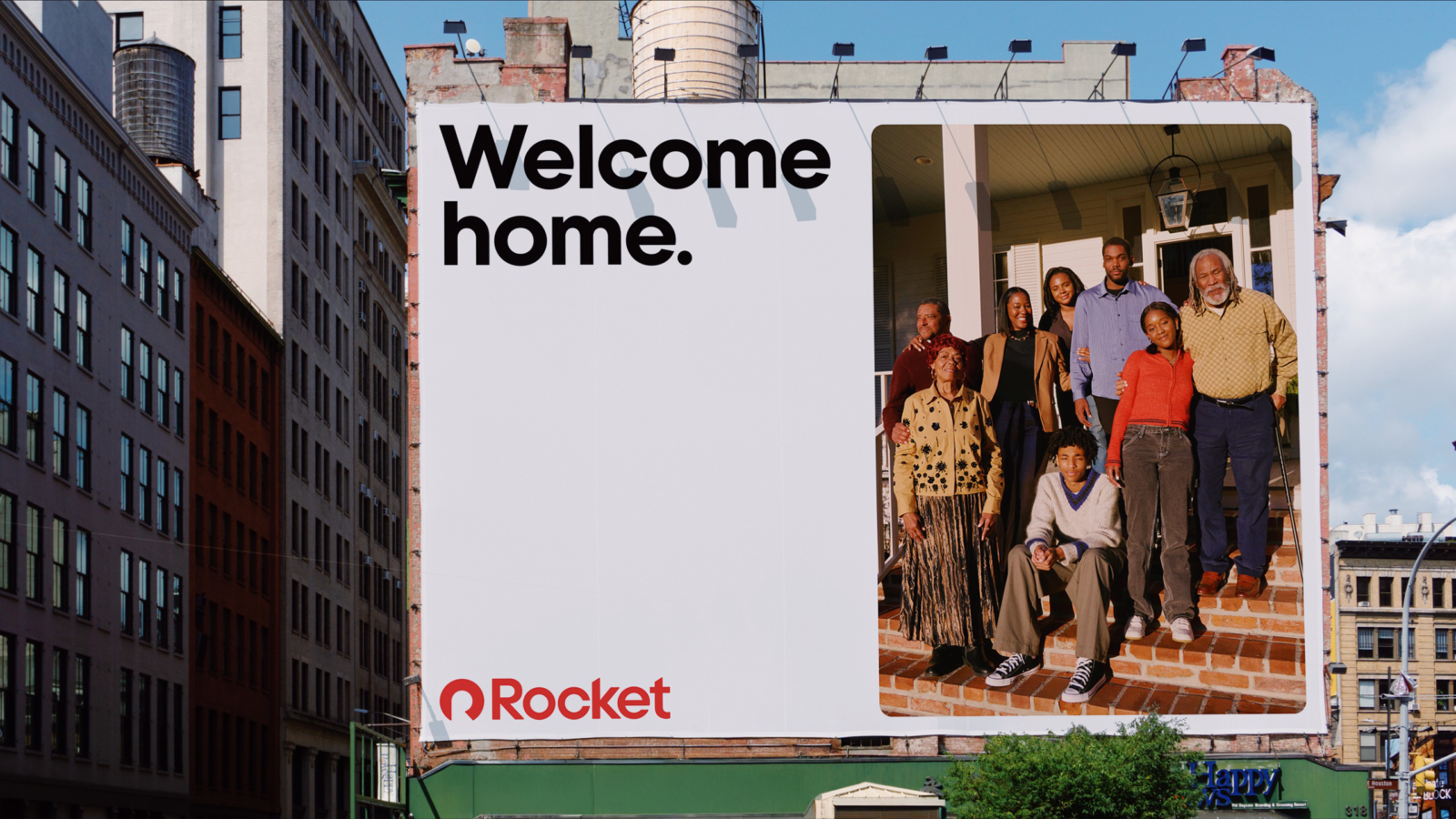Zillow Adds Climate Risks to Home Listings
Zillow will be adding climate risk scores and insurance information to for-sale listings on its online marketplace.
Sign up for smart news, insights, and analysis on the biggest financial stories of the day.
The popular real estate platform Zillow has long rated homes on things like walkability and school districts. Now it’ll let you know if you need to worry about wildfires or extreme weather, too.
On Thursday, the company announced it will be adding climate risk scores and insurance information to for-sale listings on its online marketplace — saving millions of home-searching millennials from asking, “Wait, why does my dream house have such a low asking price?”
Home Ownership? In This Climate?
Climate risks have reshaped the economics of homeownership in the US. The price of home insurance has spiked by an average of 33% since 2019, according to a recent New York Times data analysis. Meanwhile, major insurance firms are ditching high-risk states altogether: Now, 12% of all US homeowners live without insurance, up from just 5% in 2015, according to the Insurance Information Institute.
As a result, major climate risk affects more new home listings today than just five years ago, according to new data from First Street that’s now incorporated into Zillow listings:
- Just over 55% of new homes listed in August were at risk of extreme heat, while roughly 33% were at risk of extreme winds, nearly 17% were at risk of major wildfires, and 13% were at risk of flooding.
- The riskiest areas are exactly where you’d expect: More than 70% of August listings in the Riverside, California metro area are at major wildfire risk, followed by Sacramento (47%). Nearly 77% of New Orleans listings had major flood risks. Cities like Cleveland, Columbus, Milwaukee, Indianapolis, and Minneapolis each saw less than 10% of listings carrying major climate risks — in an extreme climate world, paradise is cold weather and warm bowls of chili.
Bank Shot: Homeowners and home insurers aren’t the only ones feeling the heat, literally and figuratively. In another recent report, First Street found that 57 banks, mostly regional or community banks, carry a total of $627 billion in real estate loans exposed to “material financial risk” from climate impacts, suggesting financial storms may lie ahead.












